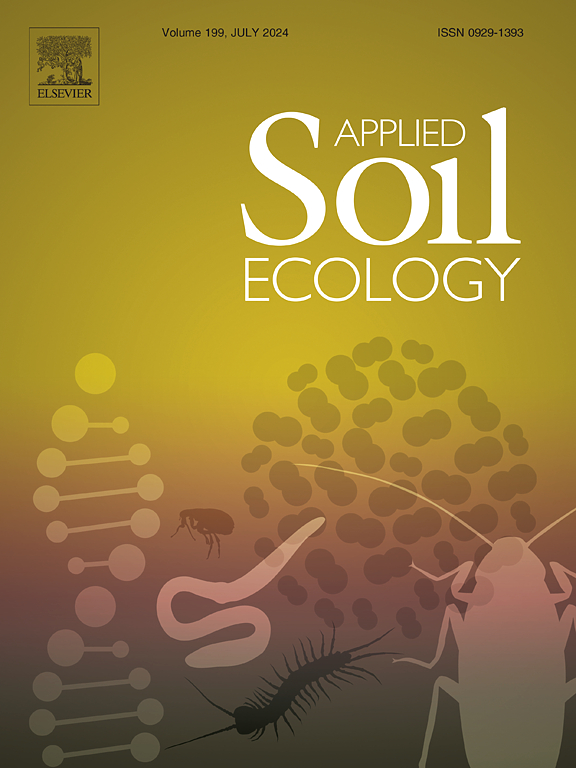The microbiota playing “musical chairs” in a glacier retreat zone of maritime Antarctica
IF 4.8
2区 农林科学
Q1 SOIL SCIENCE
引用次数: 0
Abstract
Most of the Antarctic continent and surrounding islands are permanently covered by ice. However, due to long-term natural and short term human-induced climate changes, glaciers in the maritime Antarctic islands are currently retreating, exposing new substrates for colonization by microorganisms and plants. Therefore, the aim of this study was to characterize the microbial communities along a transect comprised of soils with different exposition times since the glacier retreat in Barton Peninsula (King George Island). We observed an intense degree of microbial succession in young soils located in the Recently Exposed Area (REA), analogously to a game of ‘musical chairs’ where microbial species rapidly occupy available niches as new environments emerge. In contrast, more developed soils exhibited a less dynamic community turnover. The co-occurrence networks of both bacteria and fungi presented a less modular structure and a higher connectance in the REA, whereas a more modular structure was found in the three networks of the more developed soils. This suggests that these communities are more susceptible to external perturbations and microbial succession. Furthermore, the functional prediction demonstrated that the functional redundancy is lower in the REA than in more developed soils. The surprising high diversity of microbial communities adjacent to the glacier front deserves further studies to compare with different areas (in terms of substrate, climate) under a common present-day warming scenario.

求助全文
约1分钟内获得全文
求助全文
来源期刊

Applied Soil Ecology
农林科学-土壤科学
CiteScore
9.70
自引率
4.20%
发文量
363
审稿时长
5.3 months
期刊介绍:
Applied Soil Ecology addresses the role of soil organisms and their interactions in relation to: sustainability and productivity, nutrient cycling and other soil processes, the maintenance of soil functions, the impact of human activities on soil ecosystems and bio(techno)logical control of soil-inhabiting pests, diseases and weeds.
 求助内容:
求助内容: 应助结果提醒方式:
应助结果提醒方式:


